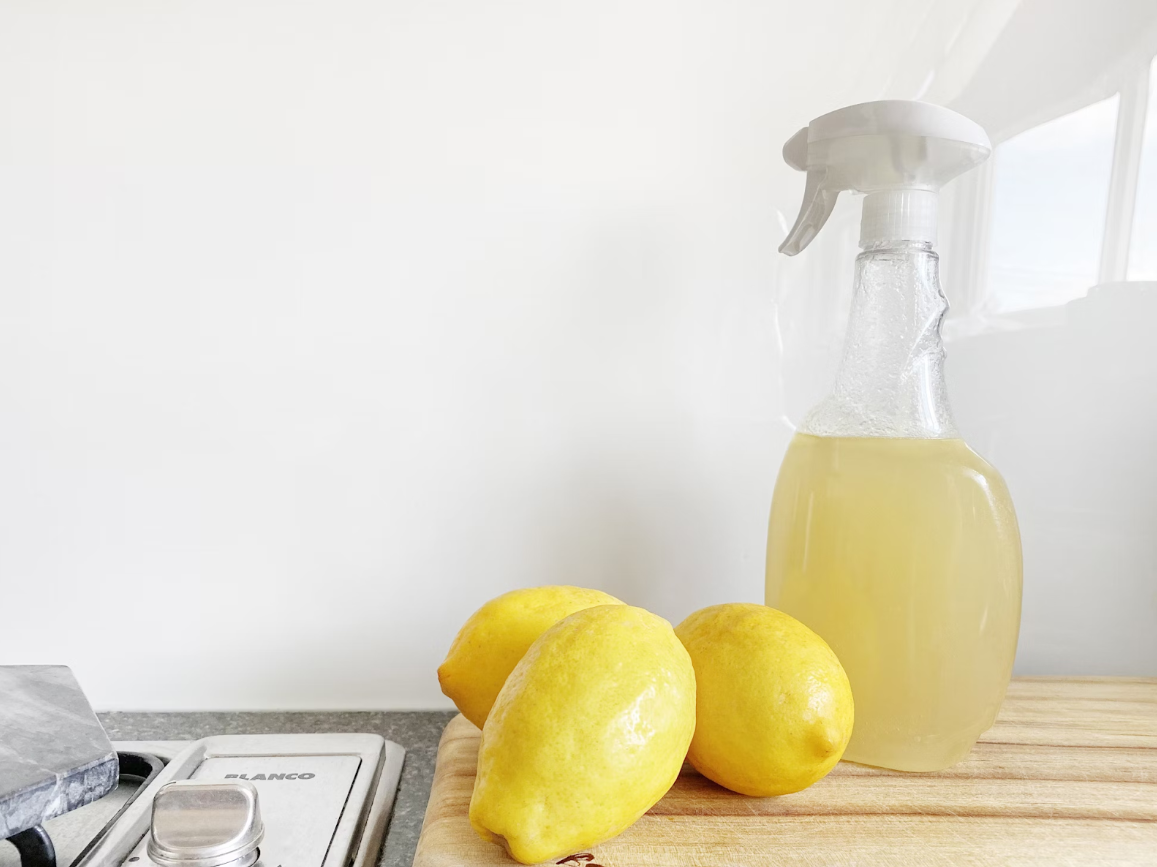Maintaining a clean and organized living space is essential not just for appearance but for your physical health and mental well-being, too. In fact, a 2018 survey by the American Cleaning Institute found that Americans spend nearly six hours a week cleaning their homes—with bathroom cleaning being the most dreaded task for 52% of respondents.
Regular deep cleaning does more than make a space look nice; it also lowers allergens, helps stop the spread of germs, and creates a more comfortable environment for you and your family. By using effective deep cleaning techniques, you can transform your home into a healthier and more inviting sanctuary.
Deep Cleaning Techniques for a Healthier Home
A truly clean and organized space is key for both your body and mind. Americans already spend nearly six hours per week on cleaning, according to the American Cleaning Institute, yet deep cleaning can make a noticeable difference, especially in terms of reducing allergens and germs that linger. Let’s look at some of the top techniques you can use to elevate your home’s cleanliness and comfort.
Natural Deep Cleaning Methods
Using natural cleaning agents isn’t just eco-friendly; it also helps cut down on exposure to harsh chemicals, making it safer for everyone in your household. One major focus of deep cleaning is addressing mold, as it can lead to health risks and even damage your property if not dealt with.
- Vinegar and Baking Soda: This duo is highly effective at removing mold from various surfaces. Spray white vinegar on the affected area, let it sit for an hour, then scrub it with a paste made from baking soda and water. This method helps kill mold and keeps it from coming back.
- Tea Tree Oil: Known for its powerful antifungal properties, tea tree oil is another great tool against mold. Combine two teaspoons of tea tree oil with two cups of water in a spray bottle, apply it to the moldy area, and let it dry naturally—no need to rinse. This natural solution kills mold spores and helps prevent future growth.
- Hydrogen Peroxide: Using a 3% hydrogen peroxide solution is effective on moldy surfaces. Just spray, let it sit for 10 minutes, then scrub and wipe it clean. As a natural antifungal and antibacterial agent, hydrogen peroxide can tackle mold thoroughly.
To keep mold at bay, regularly check and clean areas where moisture collects, like bathrooms and kitchens. Maintaining good ventilation and addressing leaks quickly will also help prevent mold growth.
Room-By-Room Deep Cleaning Techniques
Taking a room-by-room approach to deep cleaning ensures thoroughness and keeps the process manageable. Here are the steps to deep clean each room effectively.
Kitchen
- Appliances: Clean the inside and outside of appliances like your refrigerator, oven, and microwave. Remove shelves and drawers for a more thorough cleaning, using appropriate cleaners to tackle grease and food residues.
- Cabinets and Drawers: Empty everything out, wipe down surfaces with a gentle cleaner, and reorganize items to make better use of space and improve accessibility.
- Countertops and Backsplash: Use a suitable cleaner to remove stains and disinfect surfaces, paying extra attention to grout lines, where dirt tends to build up.
Bathroom
- Tiles and Grout: Scrub tiles and grout with a baking soda and water mixture to remove soap scum and mildew. For tougher stains, consider using a steam cleaner.
- Fixtures: Clean faucets, showerheads, and drains to clear away mineral deposits and prevent mold buildup. Soaking showerheads in vinegar can help dissolve any hard-water buildup.
- Toilet: Use a dedicated toilet cleaner to scrub the bowl, and remember to clean the outer surfaces and handle to eliminate germs.
Living Areas
- Upholstery and Carpets: Vacuum thoroughly, and consider steam cleaning to get rid of deep-seated dirt and allergens. This can also extend the life of furniture and improve indoor air quality.
- Dusting: Dust all surfaces, including ceiling fans, light fixtures, and other hard-to-reach spots. Microfiber cloths work well to trap dust particles effectively.
- Windows and Blinds: Use a glass cleaner on windows and wipe down blinds or wash curtains to remove dust and allergens.
Bedrooms
- Bedding: Wash all bedding, including mattress covers and pillowcases, in hot water to kill dust mites. Vacuum the mattress, and consider using a mattress protector for added cleanliness.
- Closets: Declutter and organize your closet, wiping down shelves and vacuuming the floor. This prevents dust buildup and makes it easier to find items.
- Under Furniture: Move furniture to vacuum or sweep underneath, as these areas often accumulate dust and debris.

Addressing Overlooked Areas
Certain spots in the home are easy to overlook but can hide plenty of dust and germs if left uncleaned.
- Baseboards and Trim: Wipe down baseboards and trim with a damp cloth to remove dust and scuff marks. Regular attention keeps these areas looking fresh.
- Light Switches and Door Handles: Disinfect these high-touch surfaces to reduce germ spread. Using a disinfectant wipe or spray is an effective way to sanitize these spots.
- Air Vents and Filters: Dust and vacuum air vents, and replace or clean filters to improve air quality and HVAC efficiency. Regular maintenance can also help reduce allergens.
- Behind Appliances: Move appliances like the refrigerator and stove to clean behind and underneath, removing dust and food particles that can attract pests.
Incorporating Advanced Cleaning Techniques
For a truly deep clean, consider using advanced methods and tools to go a step further.
- Steam Cleaning: Steam cleaners work well for sanitizing floors, upholstery, and bathrooms without the use of chemicals. Steam kills bacteria and loosens grime for easier removal.
- Pressure Washing: Use a pressure washer for outdoor areas like patios and driveways to remove dirt and mildew, enhancing your home’s curb appeal.
- Spray-and-Vac Systems: These systems apply a cleaning solution and then vacuum it up, making it easy to clean grout and hard-to-reach areas without the need for scrubbing.
Establishing a Maintenance Routine
After you’ve completed a deep clean, setting up a maintenance routine is essential to prevent dirt and grime from building up too quickly.
- Daily Tasks: Wipe down countertops, do the dishes, and tidy common areas to keep spaces manageable.
- Weekly Tasks: Dust surfaces, vacuum floors, and disinfect high-touch surfaces like light switches and handles. Regular upkeep reduces the need for frequent deep cleaning sessions.
- Monthly and Seasonal Tasks: Do a mini deep-clean in high-traffic areas like the kitchen and bathroom each month. Aim to do a full home deep clean every season to keep things fresh all year.
Wrapping Up
Deep cleaning can boost your home’s appearance, comfort, and health by cutting allergens and improving air quality. Establishing a regular maintenance routine and adding in a few advanced cleaning methods from time to time can help you keep your space fresh, clean, and inviting.
With a bit of daily upkeep and the occasional deep clean, you can create a home that supports both your well-being and peace of mind.

